The history of wedding rings can tracking back to almost 5000 years ago. During ancient Egypt eras, people would weave leather or wood and exchange them as “rings of love.” The translation of hieroglyphics proved that Egyptians believe that the rings symbolized undying commitment and eternal love between the couple as the result of a circle has no beginning or end. The center opening is a door to the future. This symbolism still applies today. Nowadays, they are known as a wedding band, they are the symbolic representation of a gateway to unknown worlds, which is something newlyweds face after marriage. The symbolism and custom of wearing wedding rings have become deep-rooted in many cultures around the world.
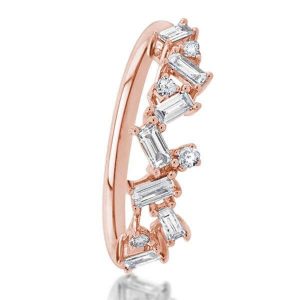 During 17th to 18th centuries on Renaissance time, "gimmel rings" becoming the most popular style. This type is constituted by two interlocking bands. After their engagement, the future bride and groom each wore one part. During the wedding, the groom would place his ring on the bride’s finger, reuniting the matched set. Gimmel rings are very typical, due to each individual band is free on its own, yet they interlock together to create one whole, this is exactly symbolizing the meaning of matrimony. Other than a traditional wedding band, some religions and cultures encourage the exchange of additional rings, including the Hindu bichiya toe ring and the iron bangle of West Bengal.
During 17th to 18th centuries on Renaissance time, "gimmel rings" becoming the most popular style. This type is constituted by two interlocking bands. After their engagement, the future bride and groom each wore one part. During the wedding, the groom would place his ring on the bride’s finger, reuniting the matched set. Gimmel rings are very typical, due to each individual band is free on its own, yet they interlock together to create one whole, this is exactly symbolizing the meaning of matrimony. Other than a traditional wedding band, some religions and cultures encourage the exchange of additional rings, including the Hindu bichiya toe ring and the iron bangle of West Bengal.
Going back to the current history of wedding rings. The wedding rings traditionally worn only by women in many cultures. Yet during the WWII, many soldiers wore their wedding rings as a symbol of commitment and as a way to remember their wives while stationed overseas. Then wedding ring sets became more popular even within civilians as well. It can made by different materials, gold, silver and platinum. Furthermore, there are countless styles of wedding rings as well, such as diamond wedding rings, rose gold wedding rings or sapphire wedding rings...... Many couples are turning too create amazing looking, unique styles for their own.


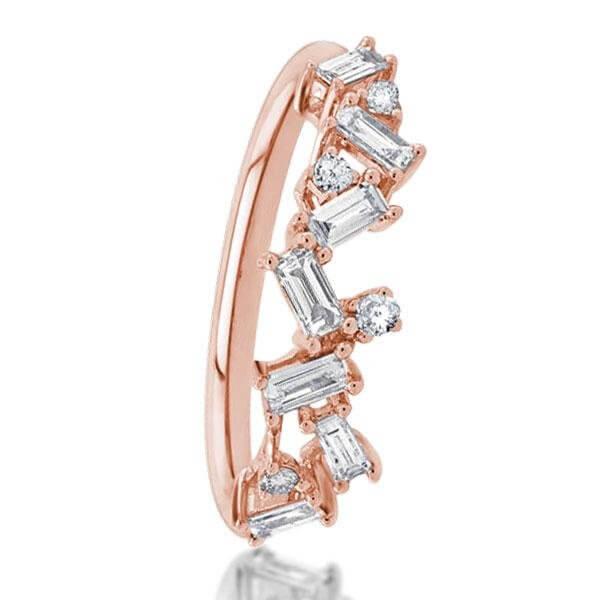



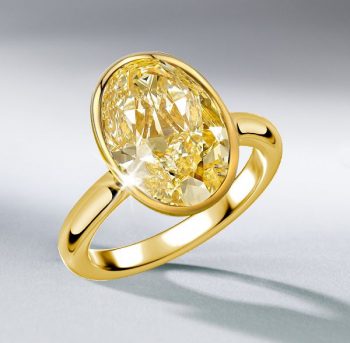
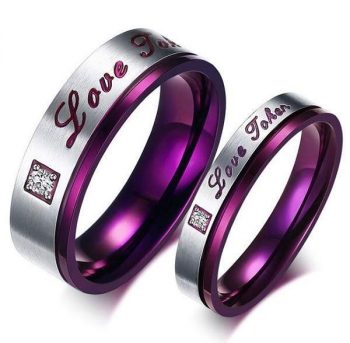

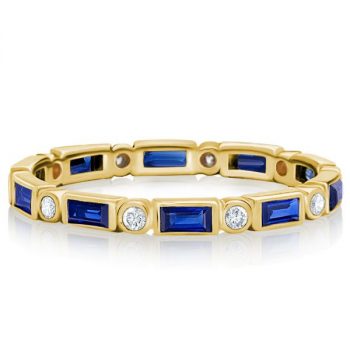
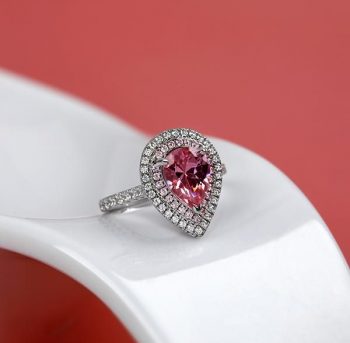
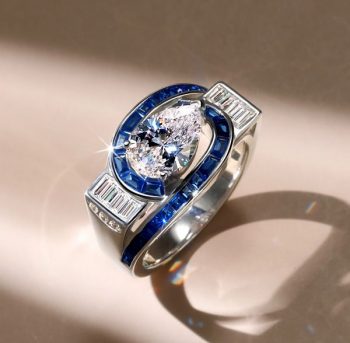
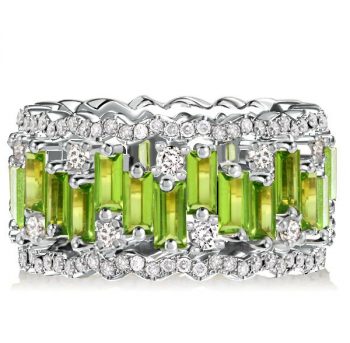
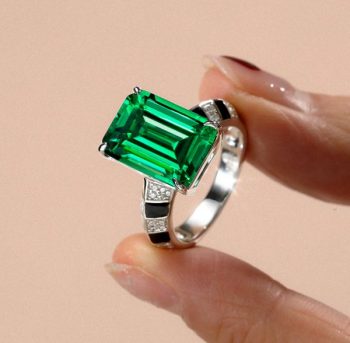

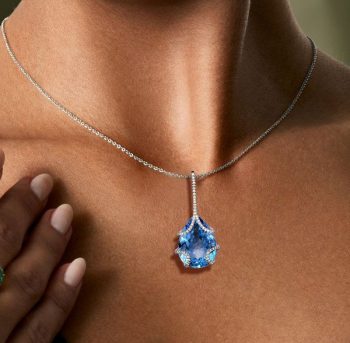
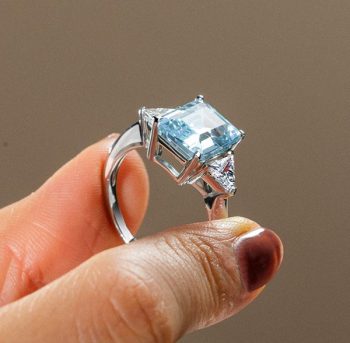



 © 2025 by Italojewelry®. All Rights Reserved.
© 2025 by Italojewelry®. All Rights Reserved.